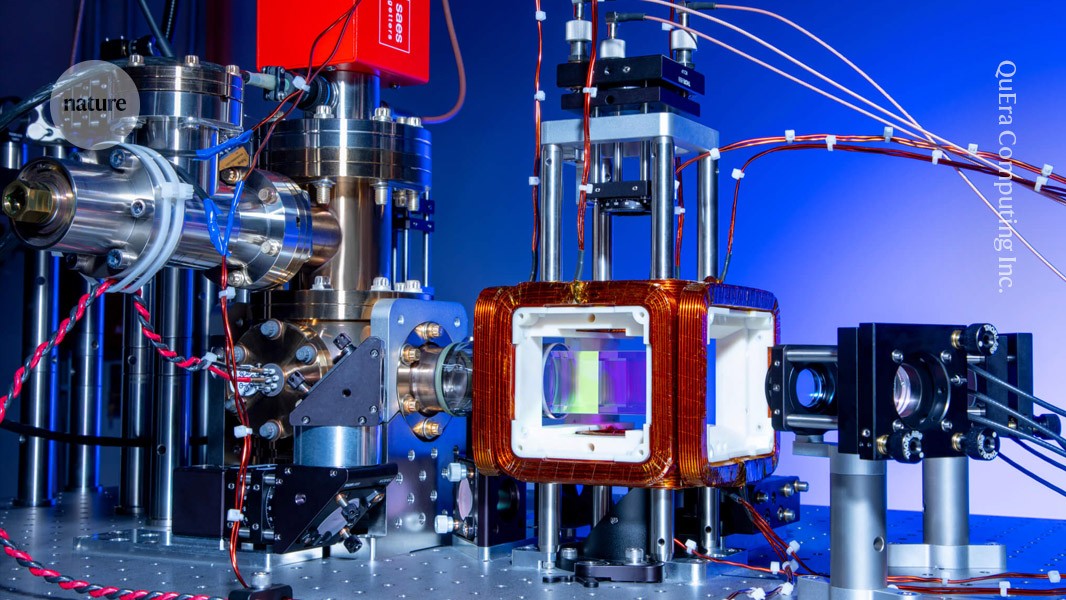
"String breaking is a very important process that is not yet fully understood from first principles,” says Christian Bauer, a physicist at the Lawrence Berkeley National Laboratory (LBNL) in California."
"The success of the quantum simulations is 'incredibly encouraging,' Bauer says, highlighting their potential to advance understanding of fundamental particle interactions."
"Each experiment was conducted by an international collaboration involving academic researchers and corporate teams - one at QuEra, a start-up company in Cambridge, and the other at Google Quantum AI laboratories."
"The atoms in Aquila were arranged so that the electrostatic forces between them mimicked the behaviour of quarks linked by strings of force fields."
Recent advancements in quantum computing have allowed physicists to simulate the process of string breaking in subatomic particle interactions. Quarks, which can pair up via 'strings' of force fields, release energy when these strings break. Two independent research teams utilized quantum computers to effectively mimic and observe these phenomena as they unfold. This achievement represents a significant leap forward in understanding fundamental processes in particle physics, traditionally limited to classical computing for final outcomes but insufficient in real-time dynamics.
Read at Nature
Unable to calculate read time
Collection
[
|
...
]